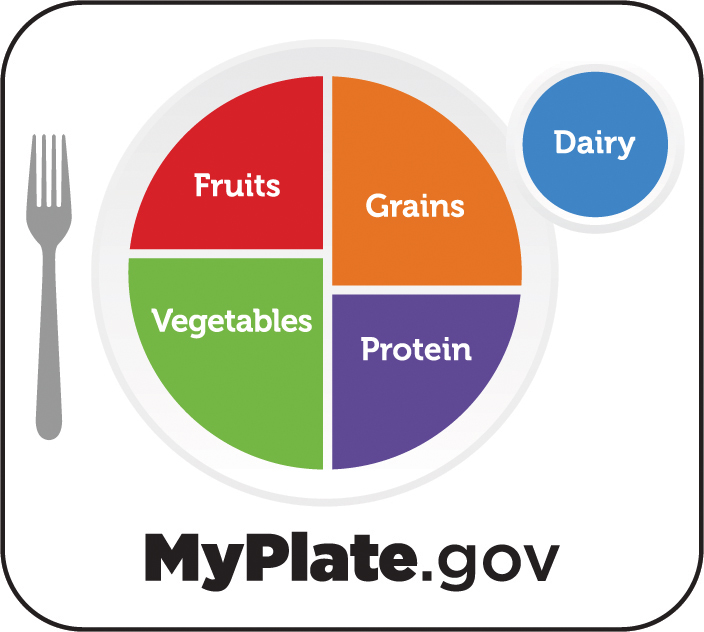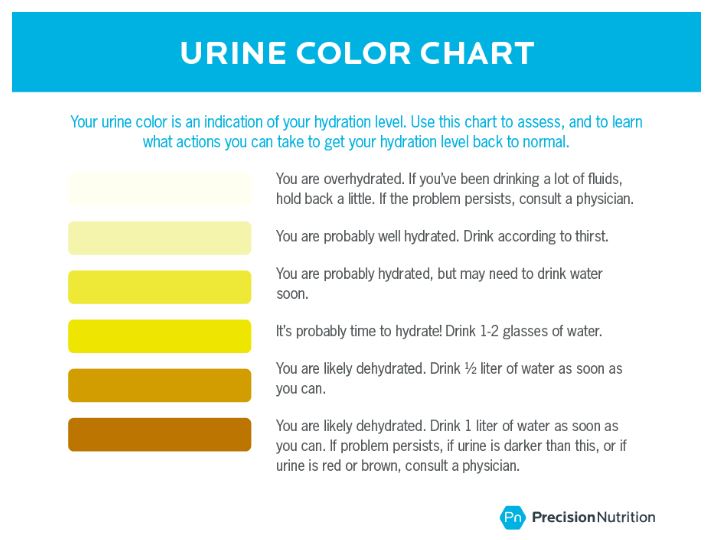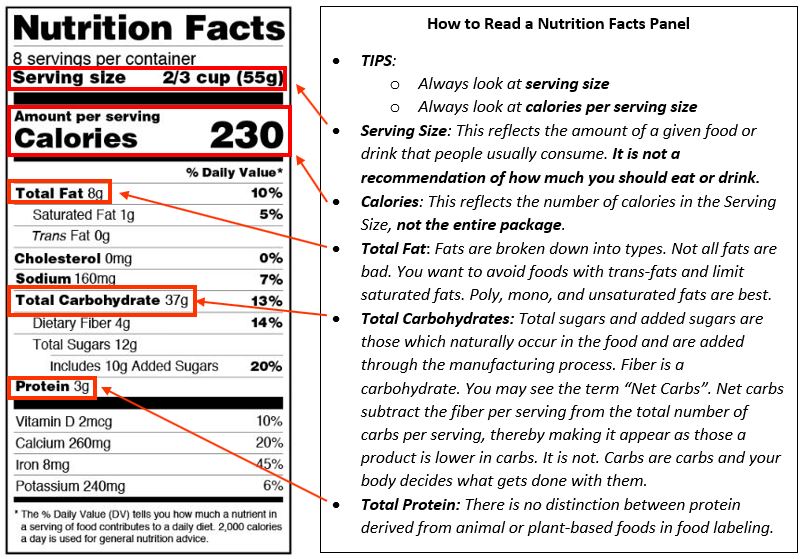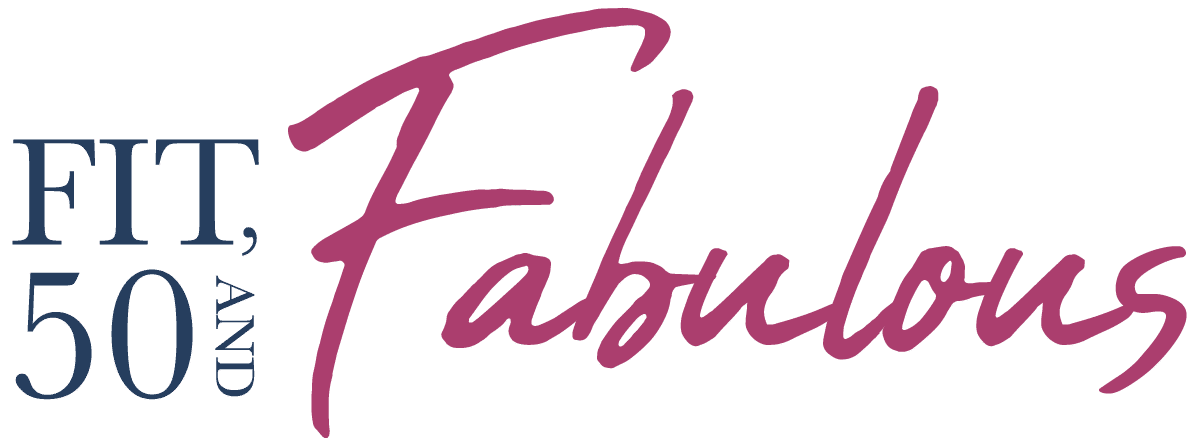The month of March symbolizes many things; the end of winter, the anticipation of spring and warmer weather, St. Patrick’s Day, and for some, maybe even the Ides of March! However, did you also know that March is National Nutrition Month ®?
That’s right – the Academy of Nutrition and Dietetics, through EatRight.org, has proclaimed March to be National Nutrition Month ®. Paying attention to good nutrition year-round is always a good idea, but March is the time to really take a moment and learn what good nutrition is all about.
Week One of the month long informational and educational extravaganza focuses eating a variety of nutritious foods every day. This includes:
- Choosing healthful foods from all food groups
- Staying hydrated
- Learning to read nutrition facts panels
- Mindful eating
Here are some things you can do to take action and start to move the needle on more healthful eating.
Choosing Healthful Foods from all Food Groups
Eating a wide variety of healthy food from multiple food groups sounds easy enough. But what food groups? Ah yes, that is the question that first needs answering.
Had you asked me 10 years ago what the food groups were, I’d have answered “chocolate, french fries, pizza, and cupcakes.” Of course, I still think these should be major food groups, but alas, they are not.
Using the MyPlate approach as provided by the United States Department of Agriculture (USDA), healthful foods are described as vegetables, fruits, grains, protein and dairy in recommended proportions.

Still, that can be a little confusing, so I’m going to take it one step further by sharing a list of foods that I developed that fall within all of those categories. You can grab a copy here.
Using the MyPlate approach challenge yourself to fill up on veggies, whole grains, veggies and choose high protein-dense foods. To help you with portion sizes, try using a portion plate.
Staying Hydrated
Did you know that water makes up over half of who we are? Yep, we are 55-60% water. Seventy-five (75) percent of that is in our bones, adipose tissue, muscle, brain, blood and eyes.
Our basic fluid needs are typically determined by bodyweight and body composition. The baseline of fluid intake for most adults is about 12 cups of fluid a day. That fluid can come from the foods we eat and obviously from what we drink.
However, necessary fluid intake is still influenced by a variety of factors. These are things like climate, level of exercise, illness, alcohol intake, how much we sweat and how big or small we are. Some fancy math is needed to figure out the balance of fluid intake verses fluid expenditure but there is an easier way to figure out if you are appropriately hydrated.
The easiest way to know if you’re getting enough fluid is to look at the color of your pee. Yep – the color of your urine is a powerful indicator of how well hydrated you are, and if you need to increase or decrease your fluid consumption. Realize, however, that some medicines and vitamins can change the color of your urine (like vitamin B2).

To increase your fluid intake, have a glass of water by the bathroom or kitchen sink and take up the habit of drinking some before brushing your teeth or having your morning coffee. Starting your meals with a glass of water will not only help keep you hydrated, but will also curb your appetite.
Even though I’ve been working from home for nearly a year, I still use the same refillable water bottle I carried around at work. The lid has a built-in dial so I can count how many times I’ve filled it up. I also has a carrying loop when my arms are full of notebook and a laptop, I can still easily carry it from place to place.
Learning to Read Nutrition Facts Panels
The US Food and Drug Administration (FDA) requires food labeling for most prepared foods, such as breads, cereals, canned and frozen foods, snacks, desserts, drinks, and so on. You’ll find these on most of the food items in your cabinets or pantry.

This is all great information, but what’s equally important is knowing what it all means relative to good nutrition. The National Institute of Health cites an Institutes of Medicine study which recommends adults get about 45 – 65% of their total daily calories from carbohydrates, 20 – 35% from fats, and 10 – 35% from proteins. What you should also keep in mind is the quality of these calories. Forty percent of carbs coming from cupcakes doesn’t have near the nutritional value as does 40% of carbs coming from fruits and vegetables.
Also remember, these percentages are only recommendations. Your particular goals, age and a variety of other factors are to be considered when establishing your own macronutrient and caloric needs.
Mindful Eating
The National Nutrition Month ® campaign specifically mentions avoiding distractions while eating, and taking time to enjoy your food. Both of these concepts boil down into one basic concept: mindful eating.
How often have you eaten while standing at the kitchen counter, while driving, in front of the TV or computer, or even while reading a book.
Have you eaten lunch at your desk?
How often have you finished a meal or a snack so quickly that you don’t remember eating it?
Mindful eating is about setting up your environment so that while you’re eating, that is the only thing that you’re focused on doing. It also mean that you eat slowly so you savor and enjoy your food. Ultimately, this results in consuming less calories!
How does this happen and why is that important?
Our nervous and digestive systems work together to process the food we eat. In fact, digestion starts well before food even hits your mouth. When you sidestep that connection by eating too fast or eating while distracted, your body doesn’t have a chance to catch up and say, “Whoa, hold on – I’m full!”
Mindful eating requires that you prepare your environment and that you eat in a specific way. Here’s how it works.
Set Up Your Environment
When you want a snack or a meal, sit at a table with no distractions. Put away your phone, your computer, and your books. It’s just you and your food.
Take a Breath
Before you take the first bite, pause, and take a breath.
Take One Bite of Food
Then, put your utensils down or wipe your hands. Take a sip of water. Take another breath.
Savor and Chew
Take the time to savor and chew each bite. The more you chew your food, the more nutrients you derive from it, the less work your digestive system must do, and the fuller you feel.
Observe
Before you take another bite, think about how the food tastes, how it feels in your mouth. Think about its texture. Is it crunchy, creamy, spicy, sweet, smooth, chewy?
Take Another Bite
Wash, rinse, repeat.
Learning to eat slowly takes practice. You won’t get it right every single time. You’ll likely find your mind wandering, and that’s okay. Refocus and bring yourself back to the present. Pay attention to this one activity–eating slowly.
Final Words
As an aspiring nutrition coach, I am super excited to help promote National Nutrition Month ®. It’s easy to say “eat better!” or “eat more whole foods”, but when we’re not really sure what that means or how that’s supposed to happen, it gets very confusing and frustrating.
Let me be your guide through this month of activities and a good nutrition!

